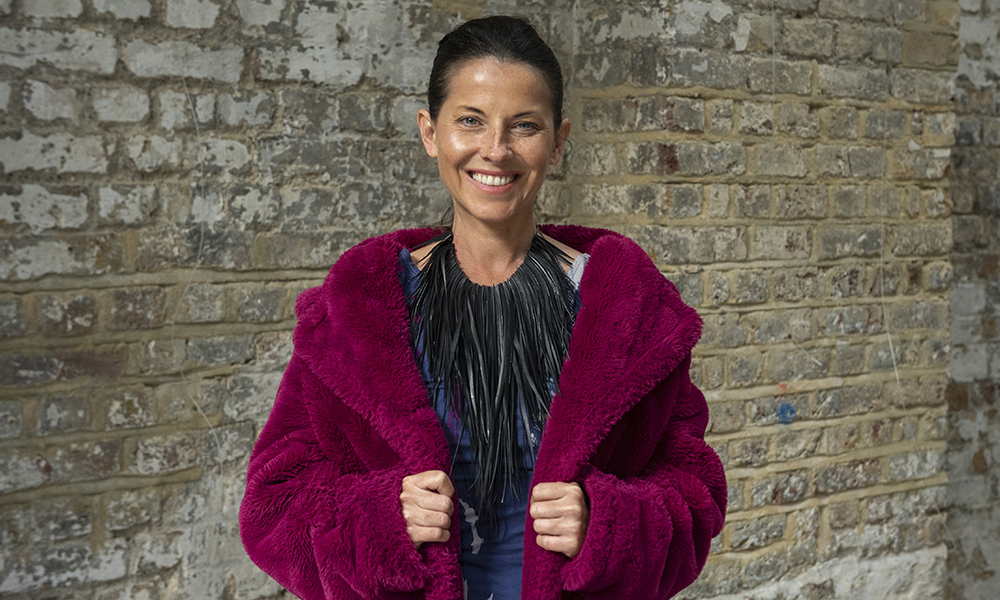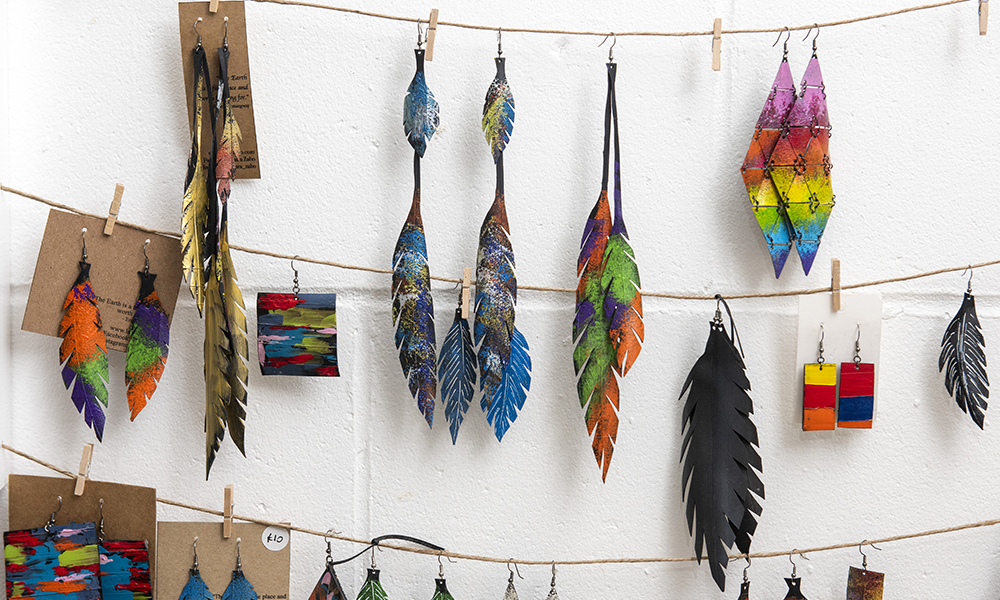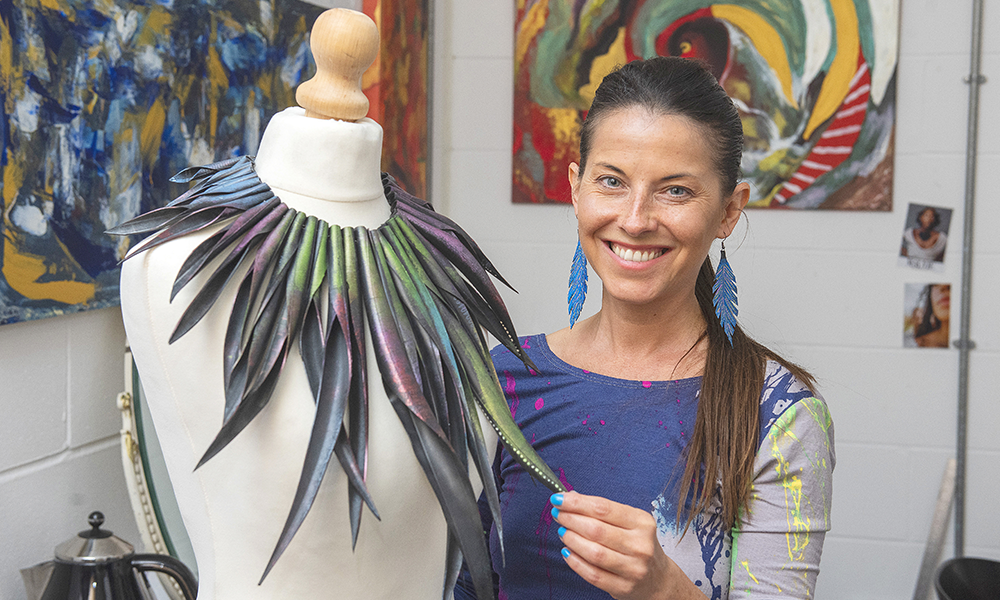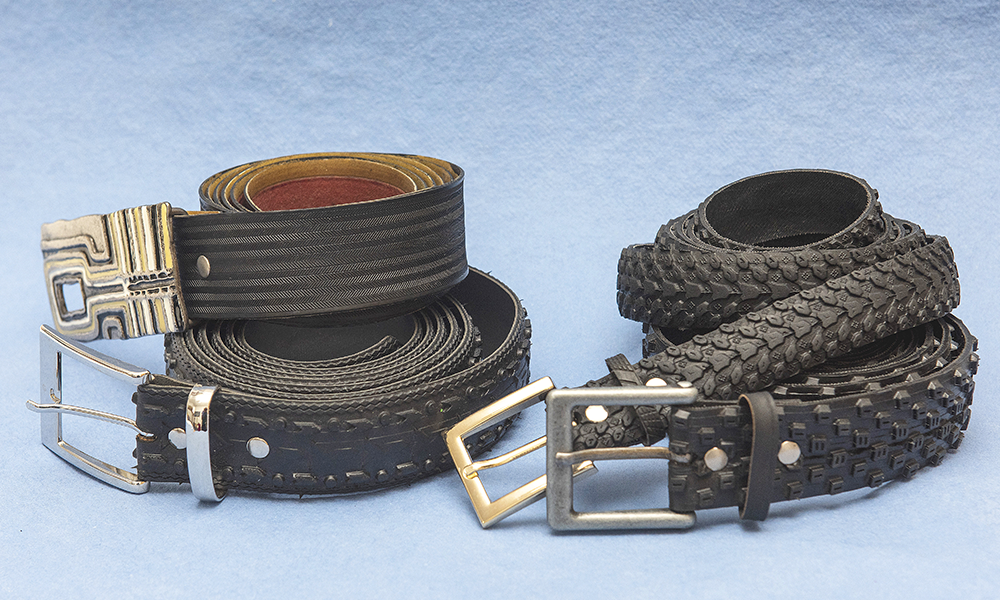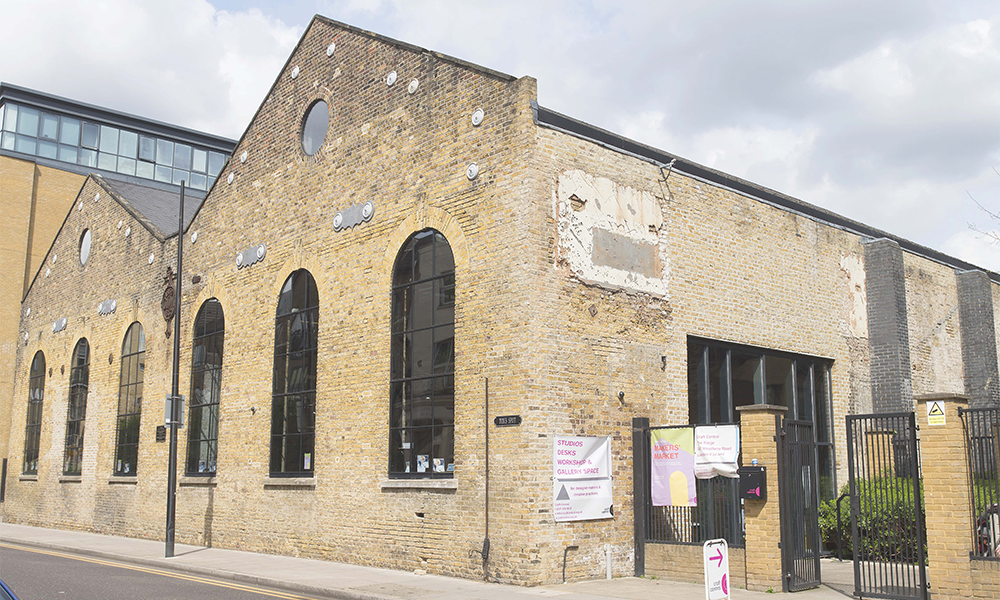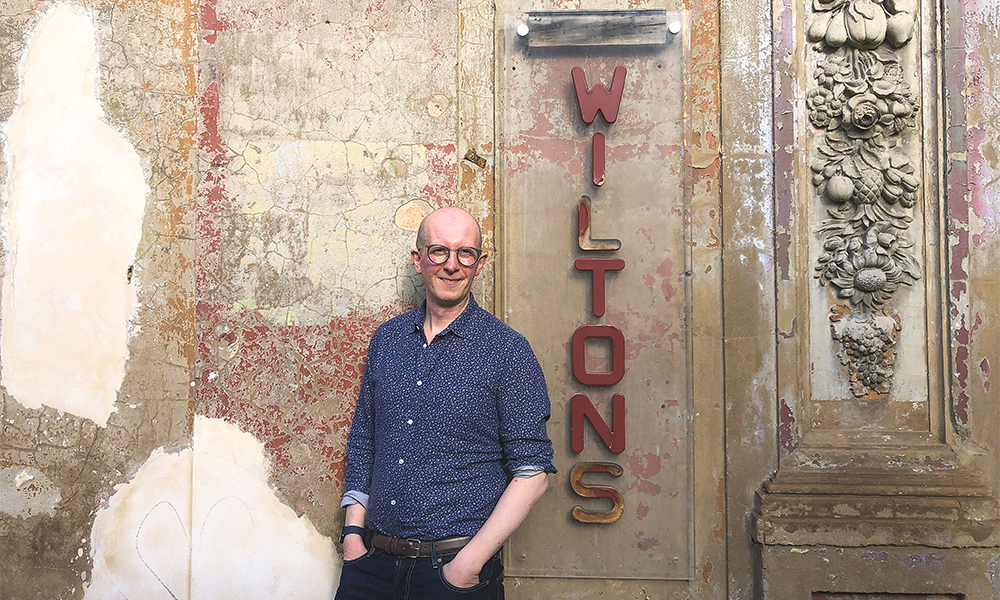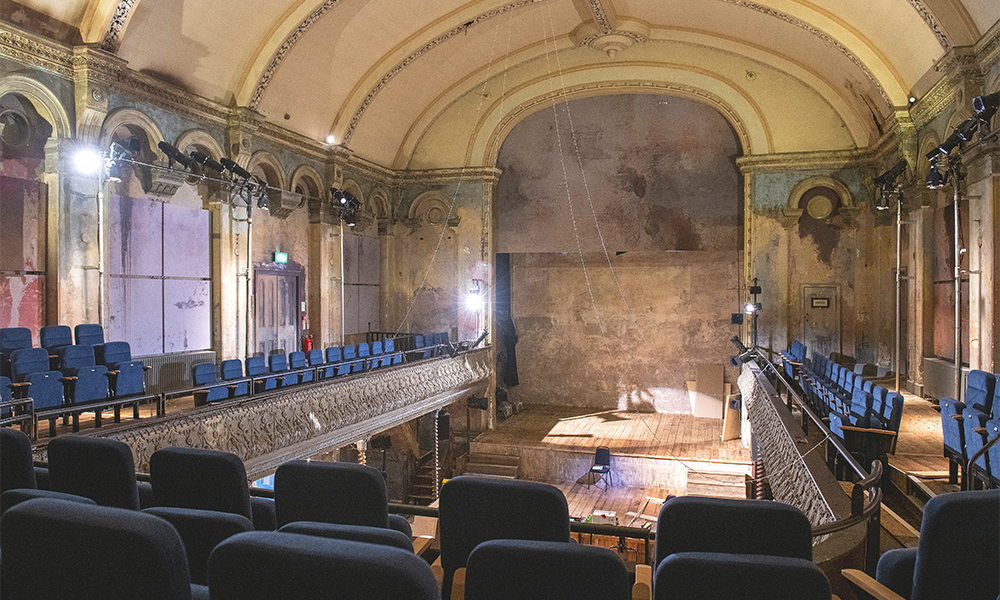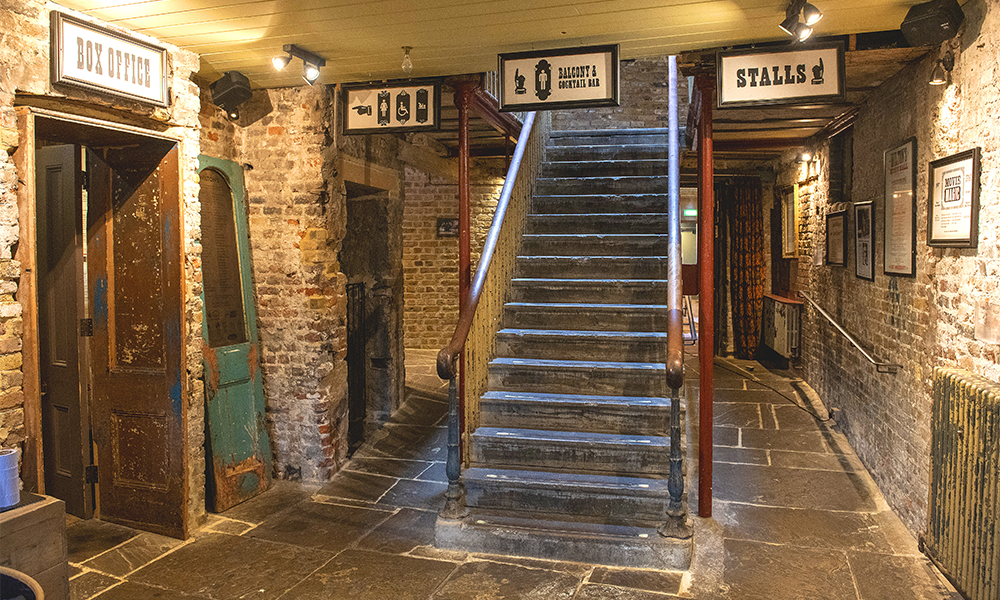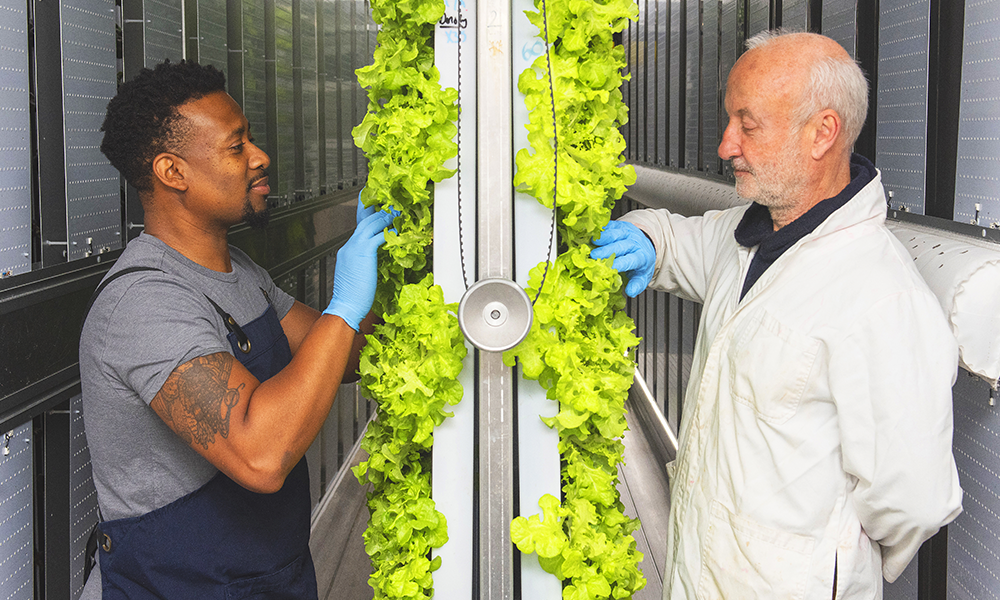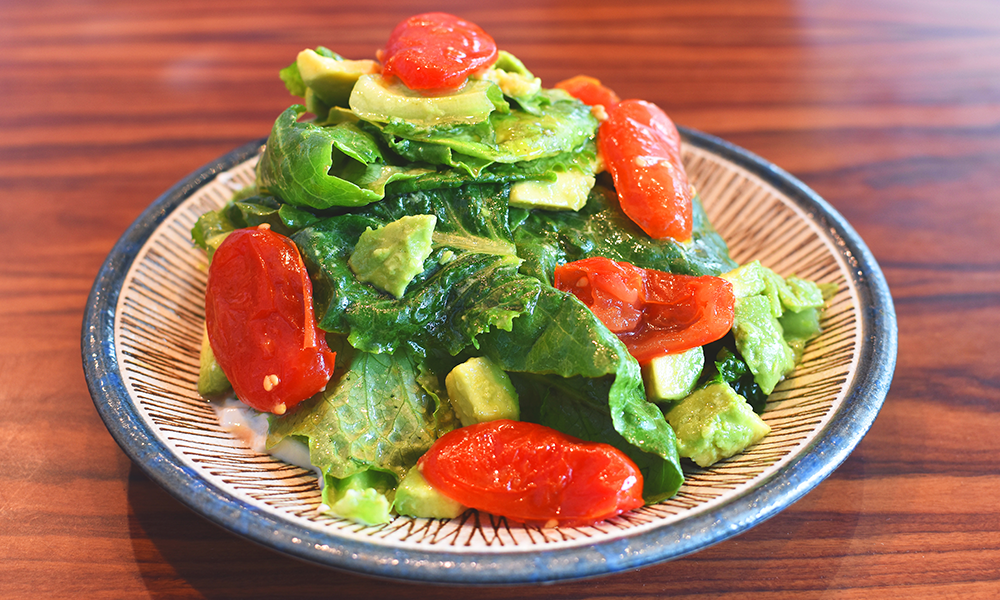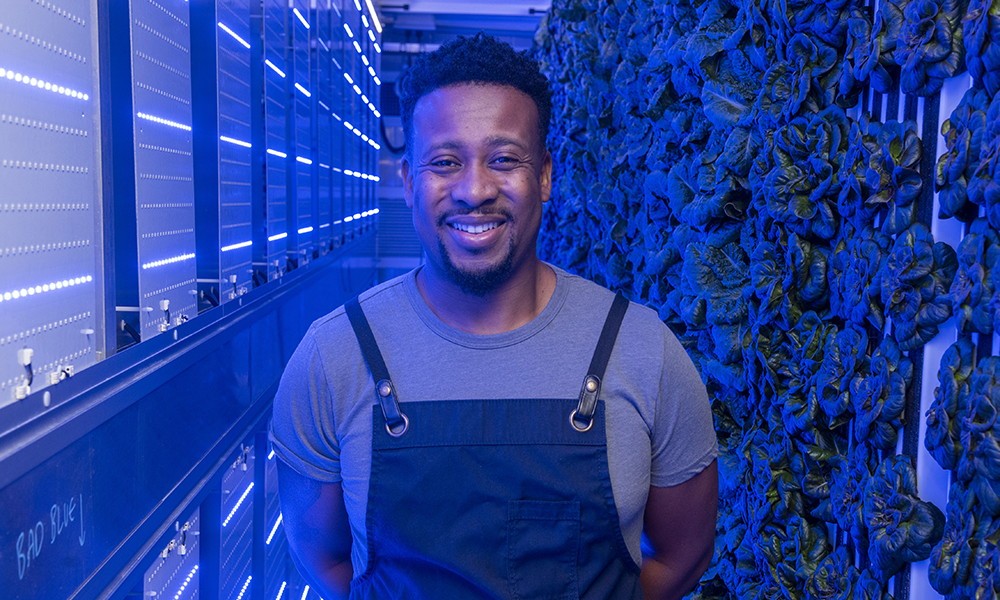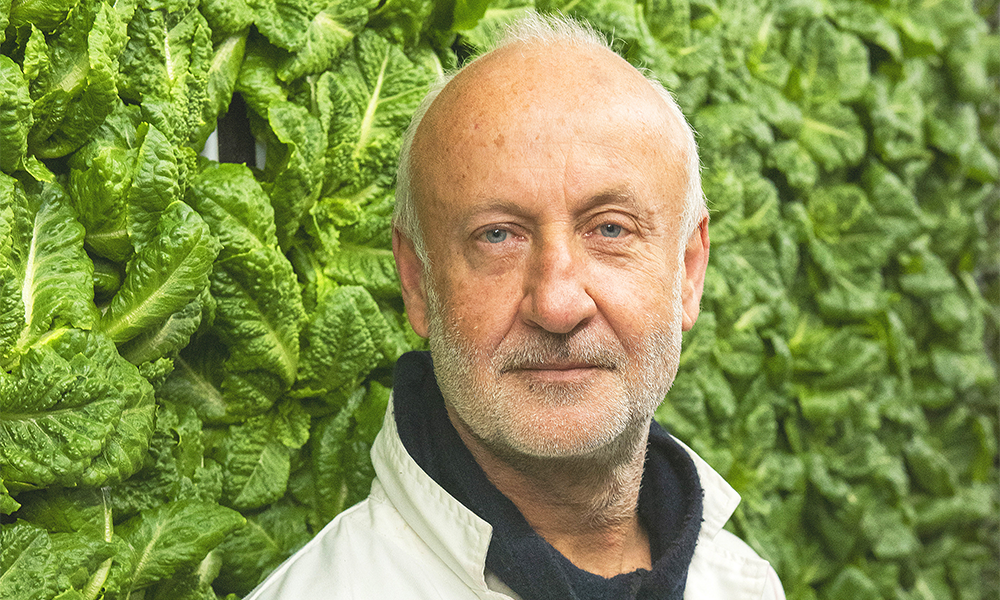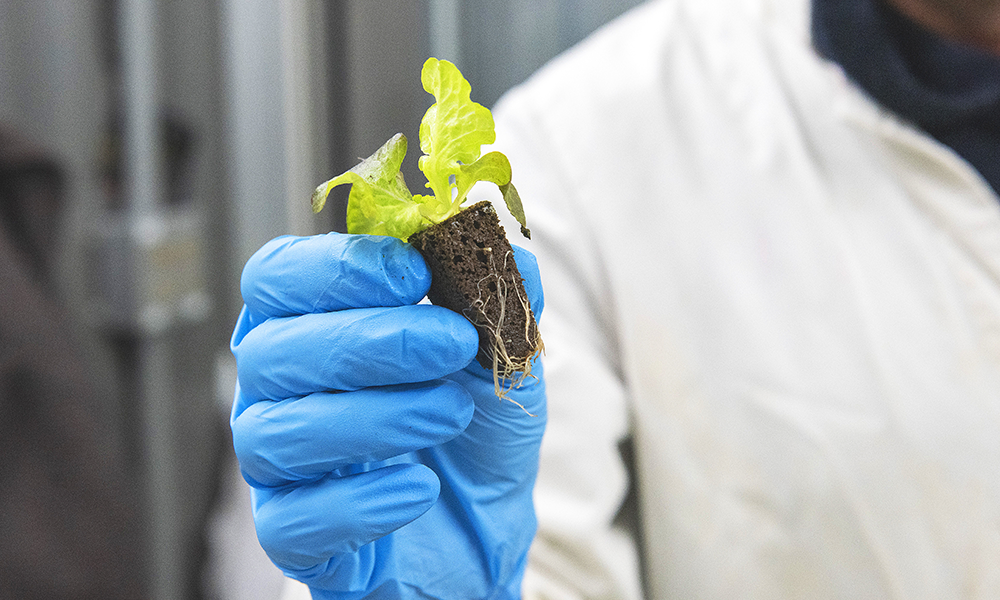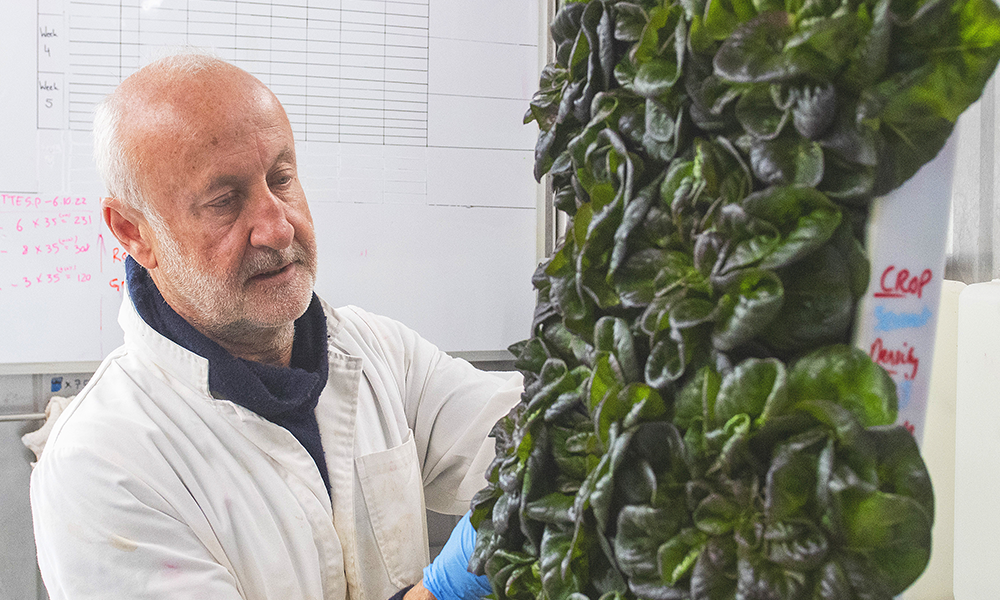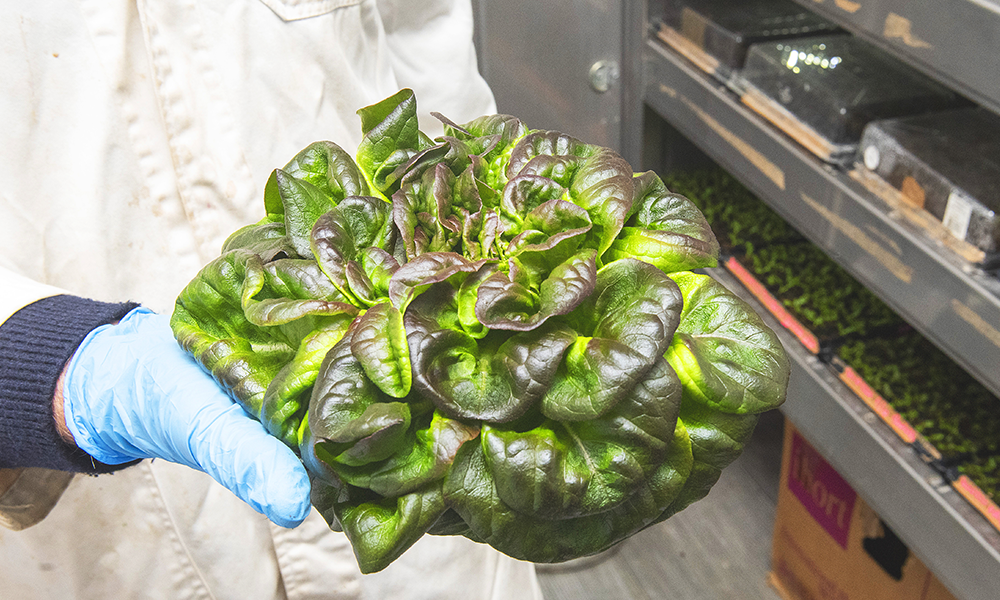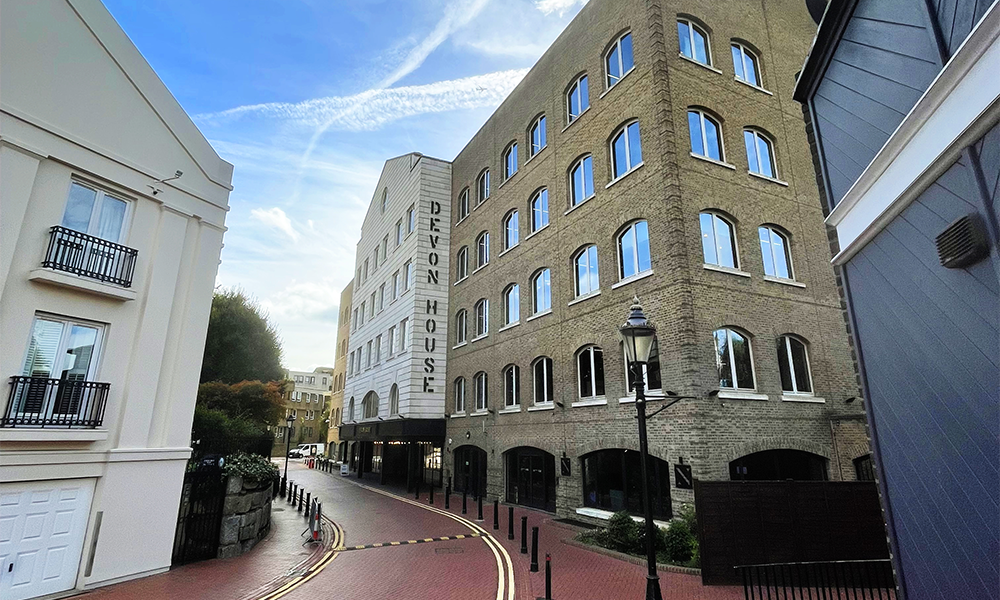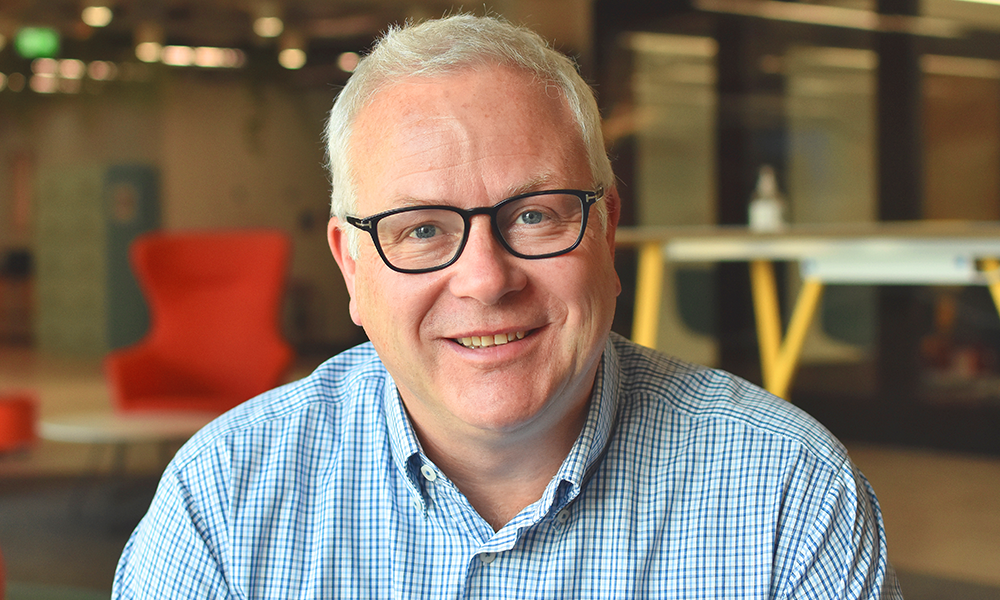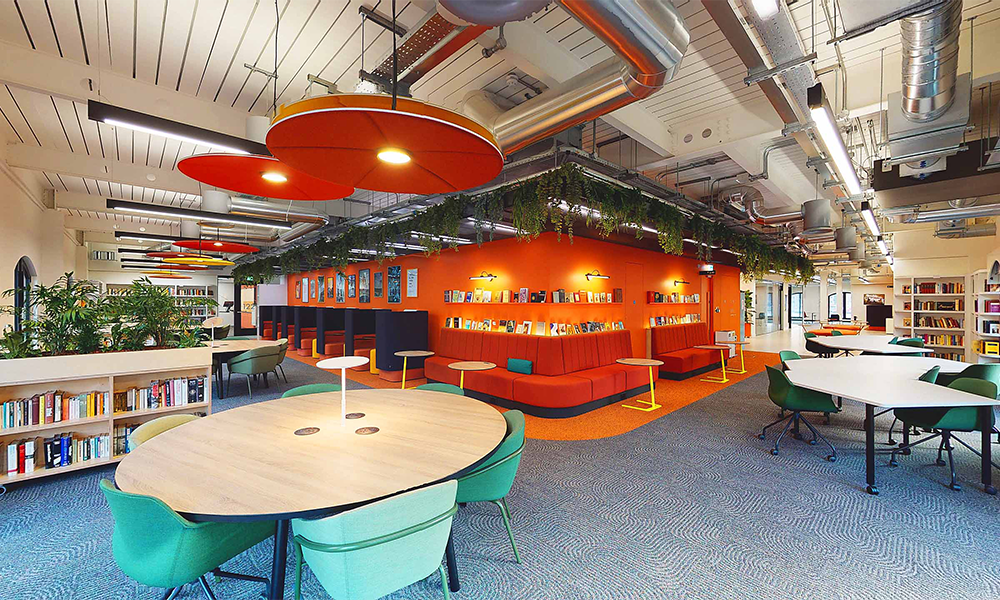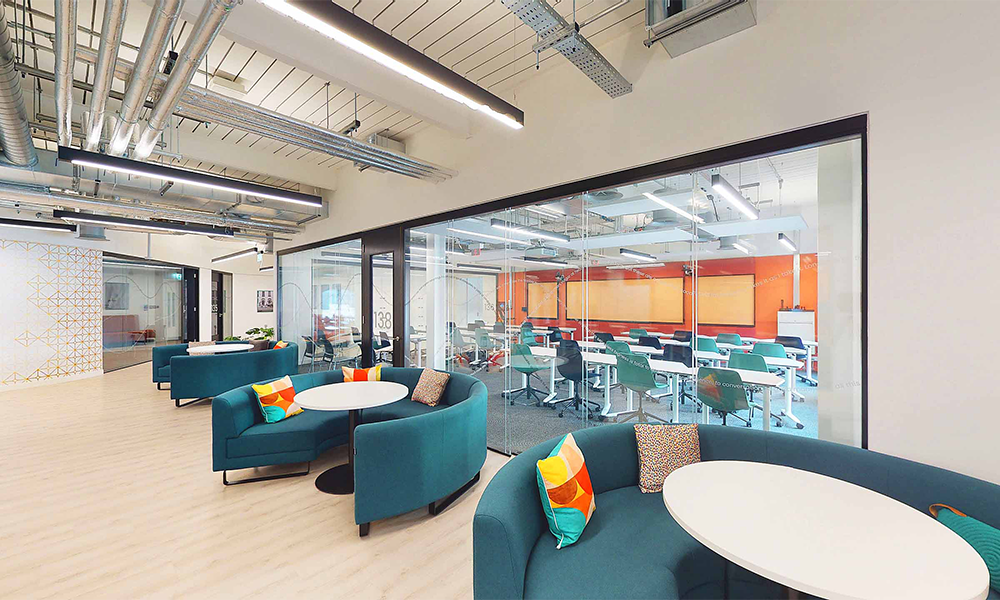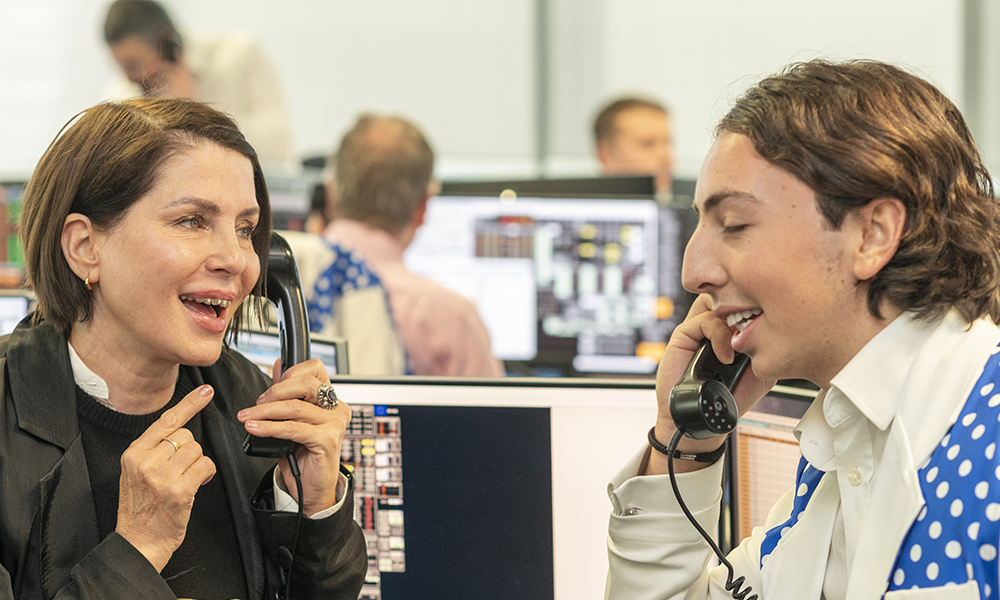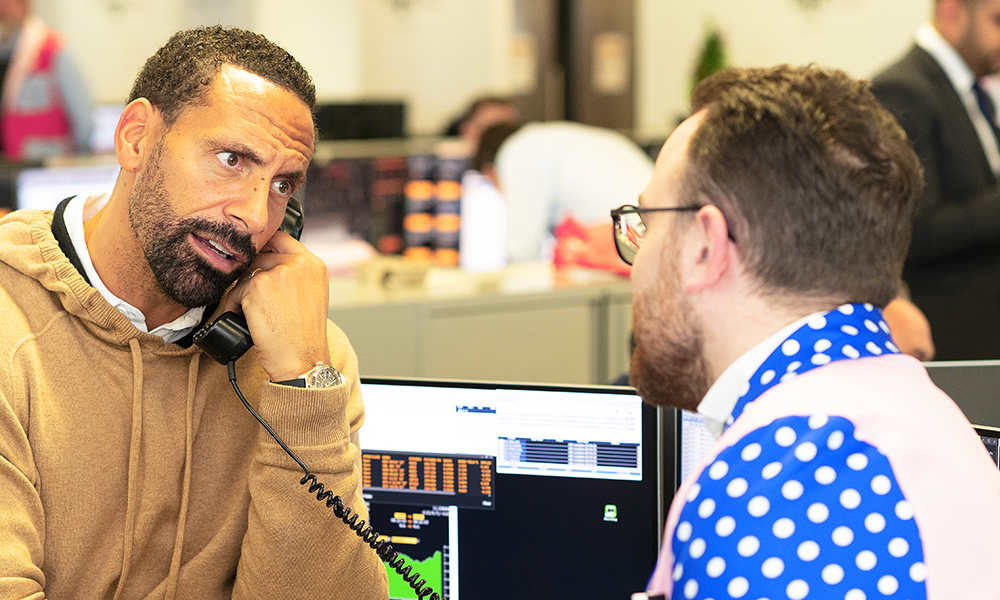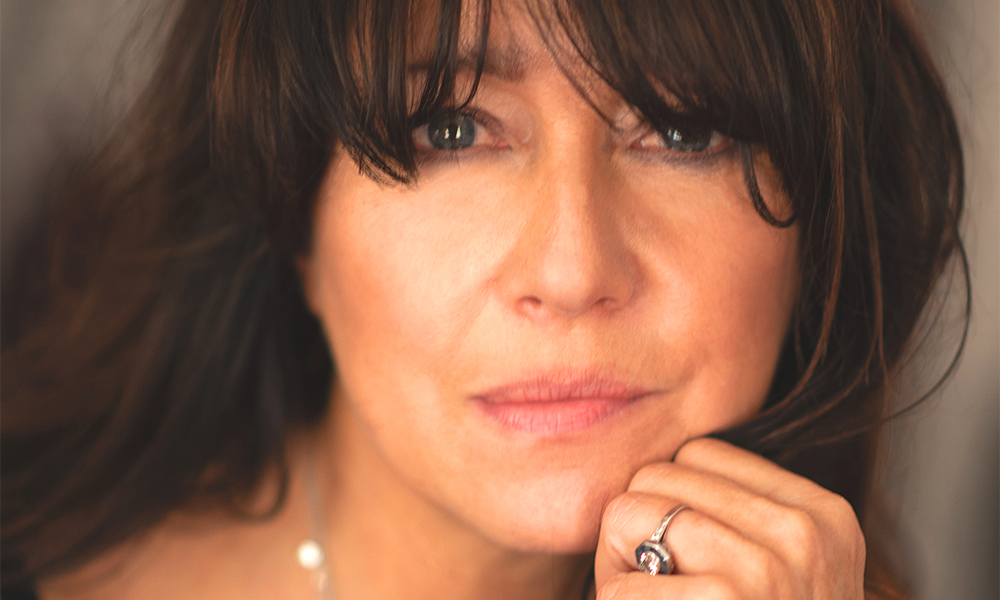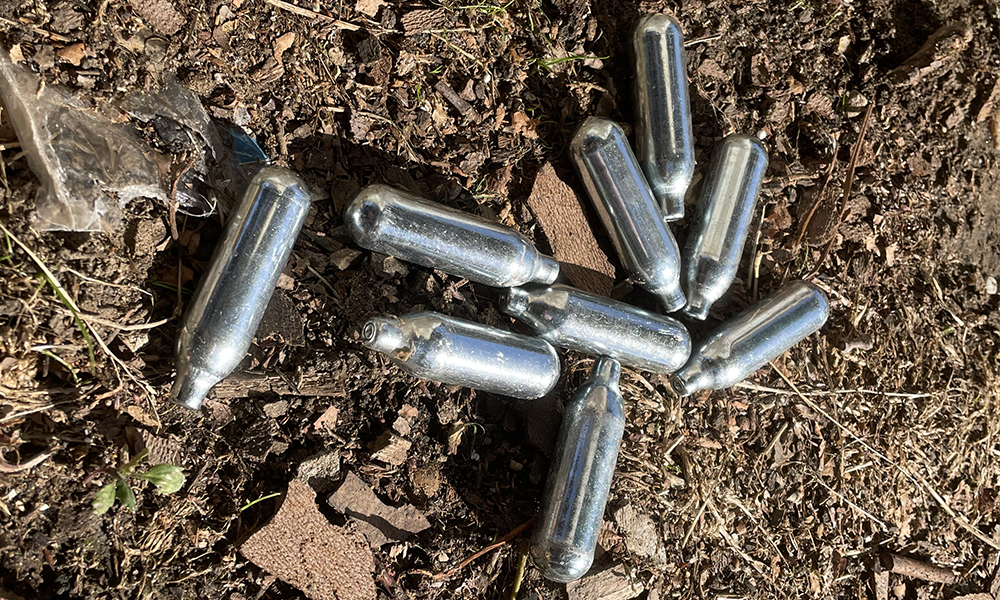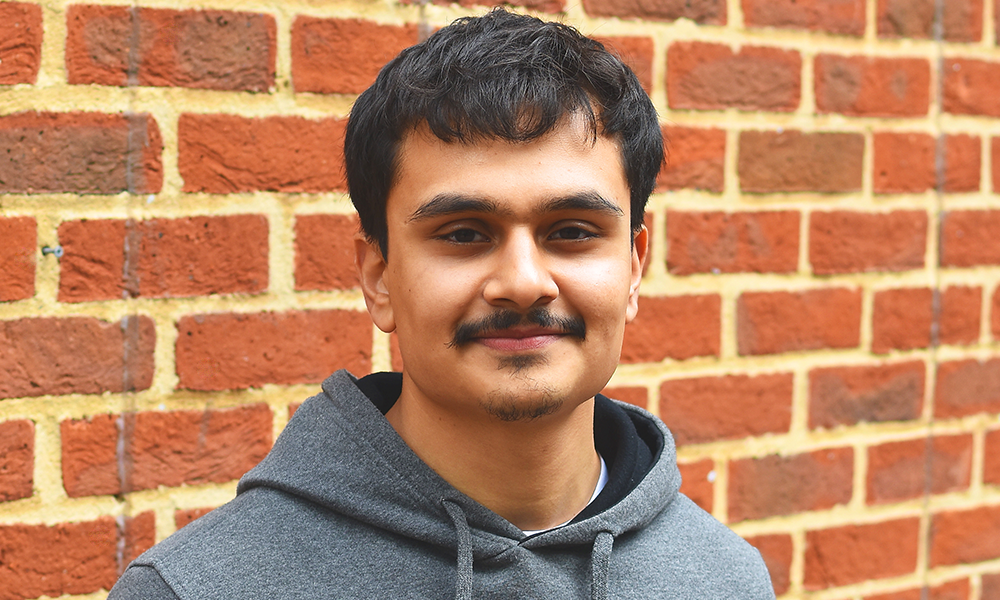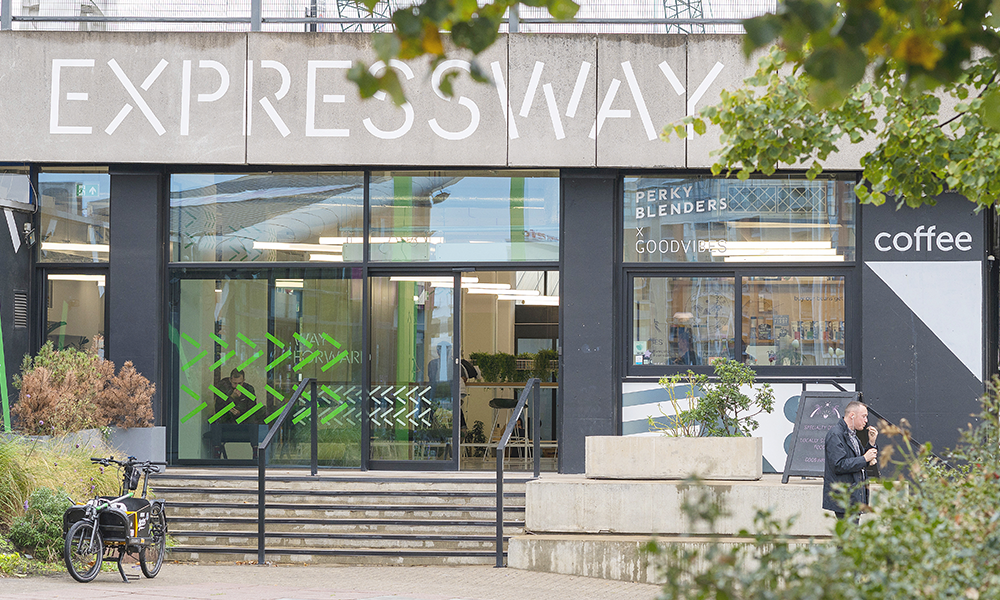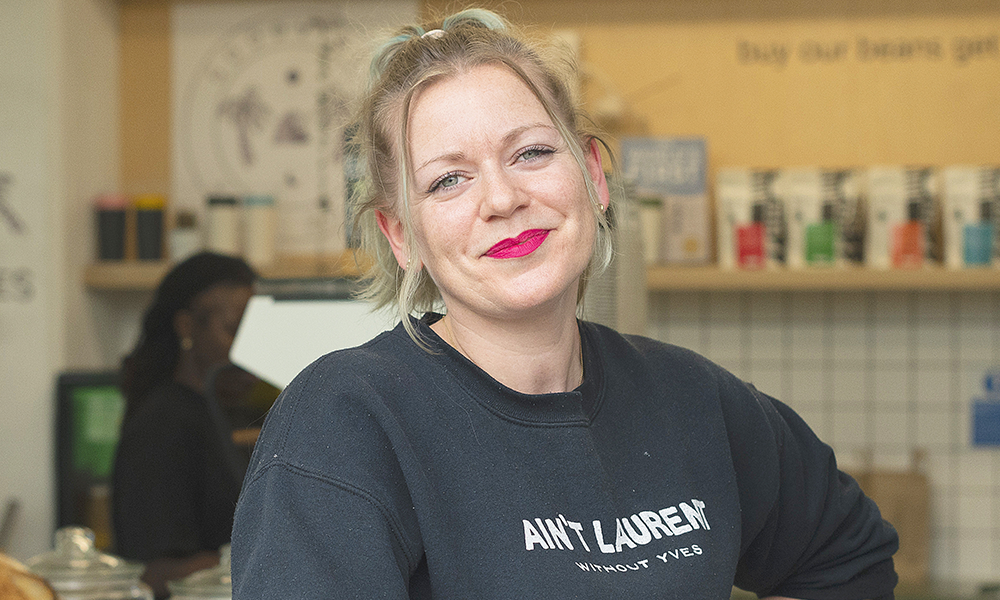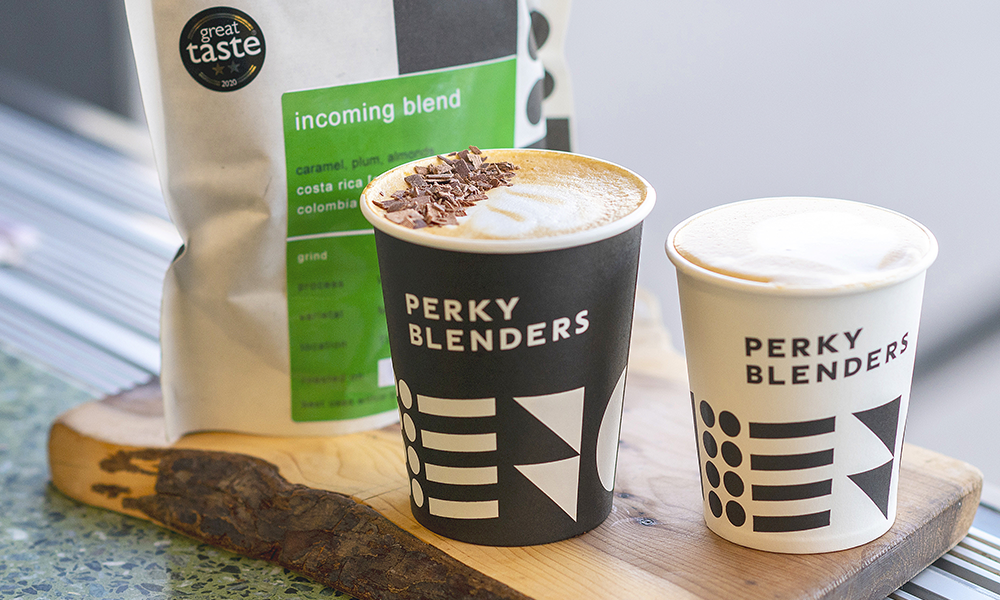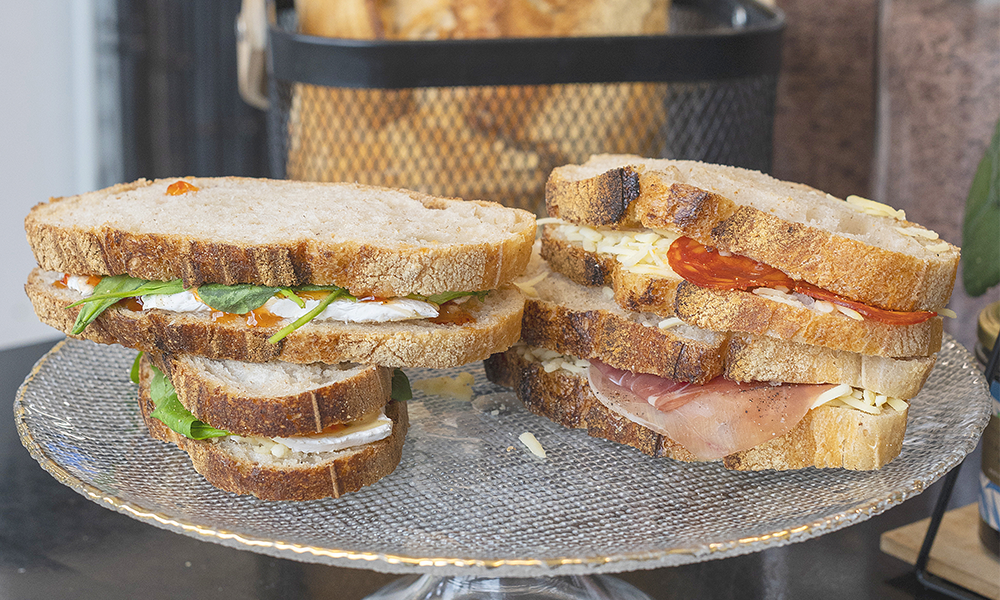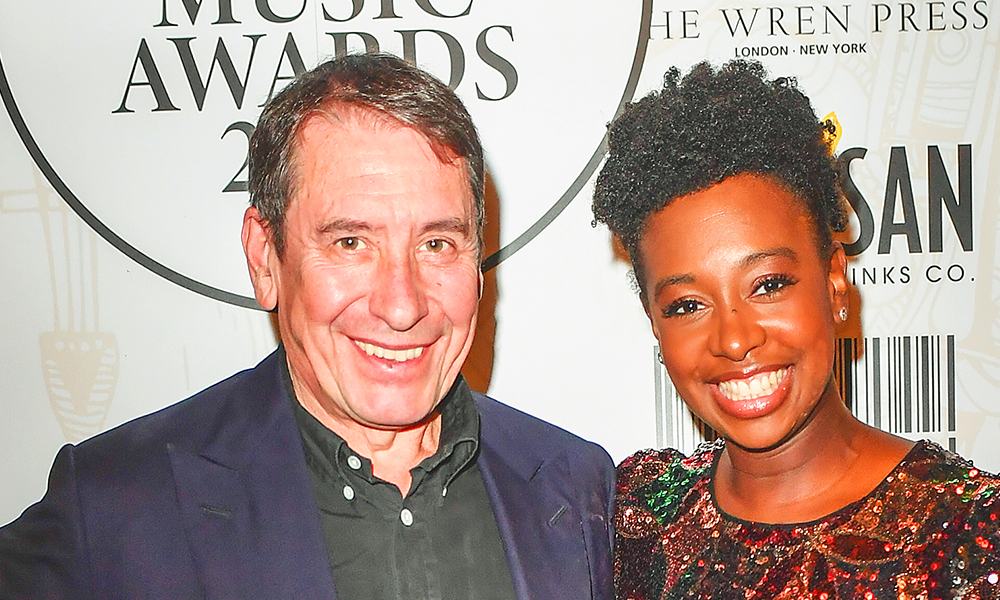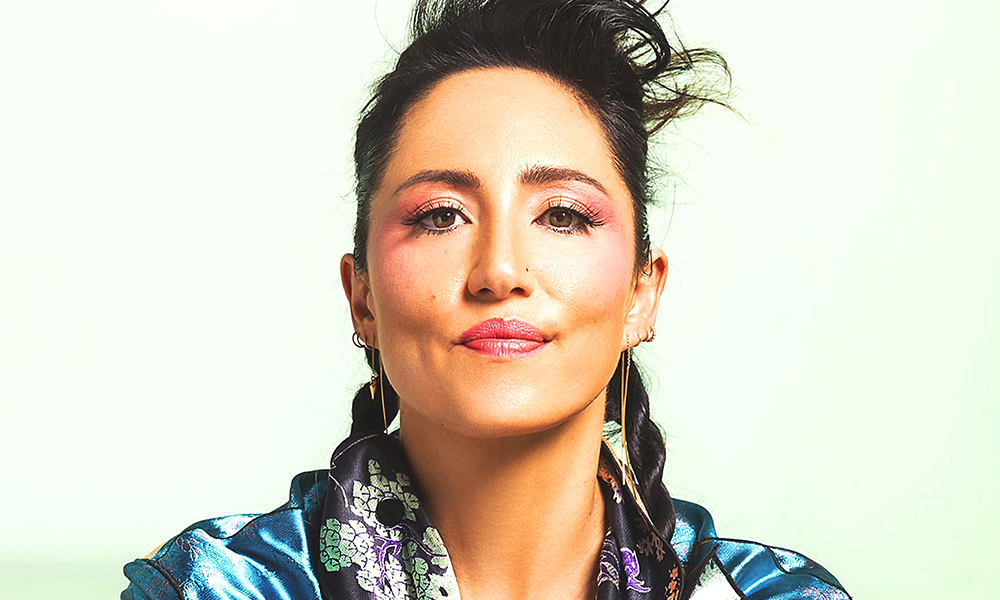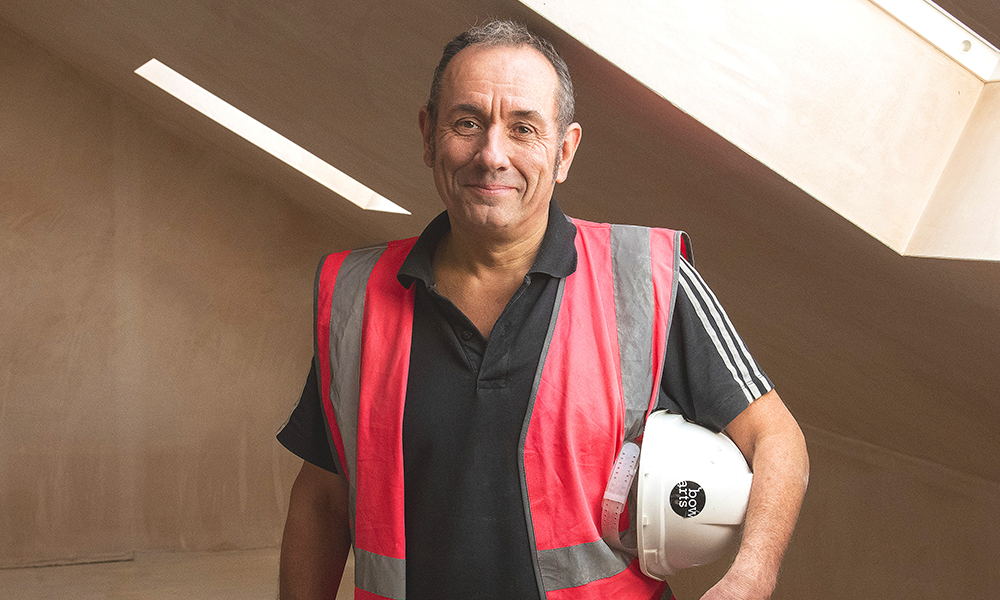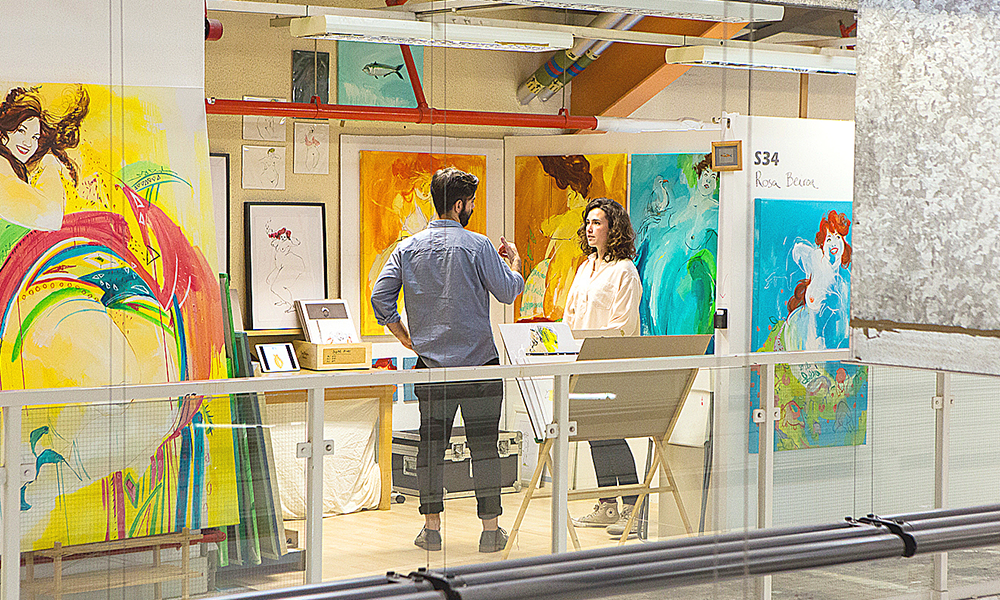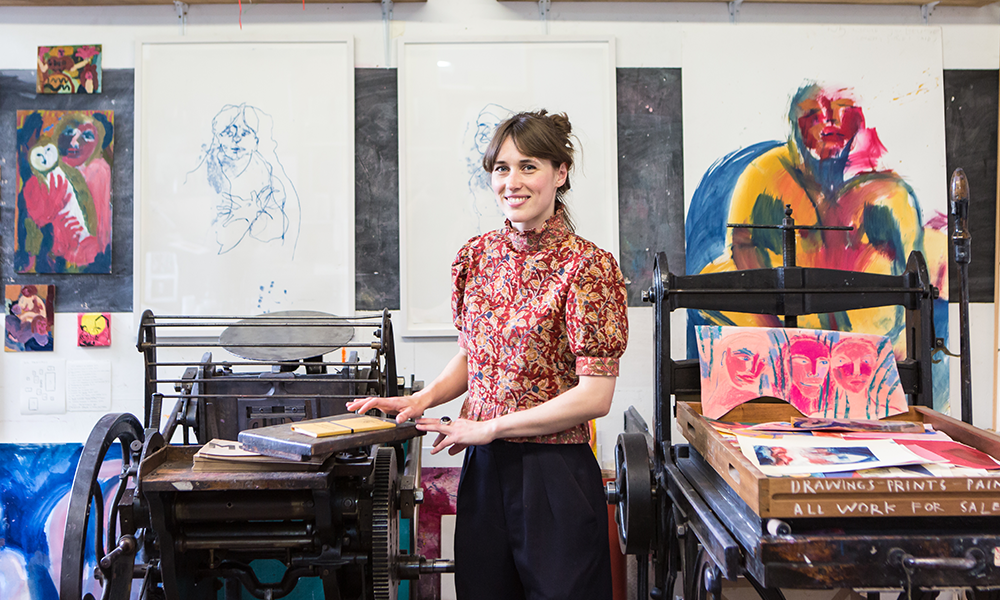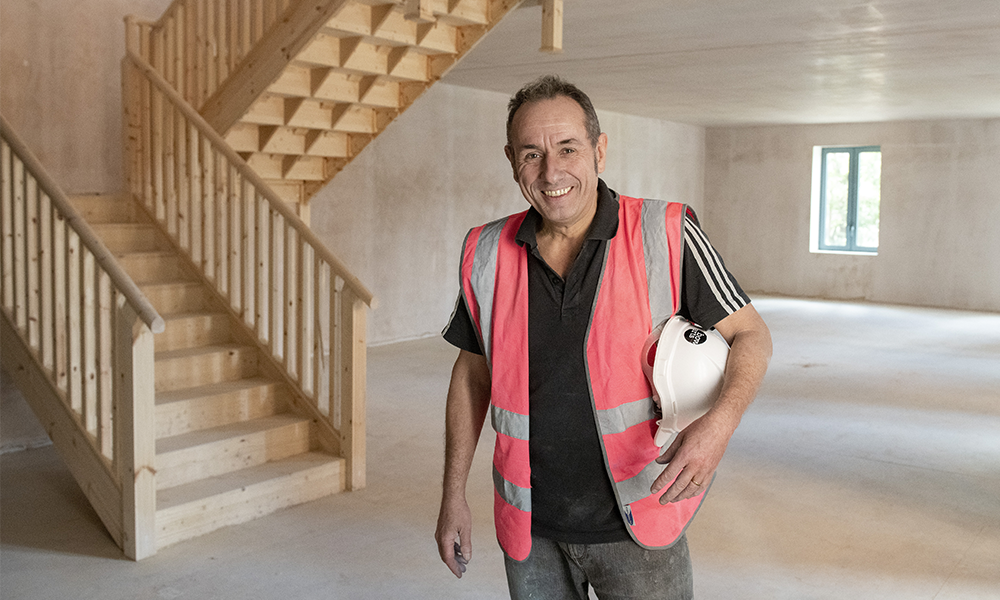AI driven platform is set to launch in November 2022 aimed at businesses in the legal sector

Subscribe to Wharf Life’s weekly newsletter here
Singer, martial artist, entrepreneur.
These are Dia Thanki’s passions but it’s in the third where our chief interest lies.
So it’s not Motown classics or her practising the graceful forms of Wing Chun Kung Fu that will fill this space, It’s her latest business venture.
Alchemy Machines, the company she founded and runs as CEO, is set to launch its first product in November following two years of development.
Based at Level39 – Canary Wharf’s tech community and workspace at One Canada Square – the idea for the business grew from a personal experience.
“I was involved in a car accident quite a few years ago,” said Dia.
“I was coming off the motorway, going downhill and there was a lot of traffic ahead – it was gridlocked.
“I stopped my car but there was a van going at top speed, which crashed into the back of my vehicle – leaving me with whiplash and chronic back pain.
“As a result I was having a lot of meetings with my personal injury lawyer, but the discomfort I was in meant I wasn’t able to focus on what was being said.
“I decided to look for an app that could transcribe voice to text, but the technology was generally very primitive at the time.
“It was then that I thought how wonderful it would be if meetings could be automatically transcribed accurately with who was speaking and when.
“People could then read or listen back and there would be an audit trail.”
Dia had been exposed to the emerging area of artificial intelligence (AI) as a student, first at Cass Business School (since renamed Bayes Business School) and then later during a masters in management information systems at Cranfield University.
“Back then, no-one really cared about it – it was a research topic, but there were very few real-life implementations,” she said.
“But I was fascinated with its potential and my final year thesis was in the area of multi-agent systems.
“It was all about process modelling using software agents to be able to replicate real-world phenomena to convert them into a virtual world.
“That’s when I began to think about the endless possibilities of a technology like AI.”
However, life took Dia in a different direction, as after graduating, a career as a singer beckoned and she eventually set up a business as the founder of label Diamanté Records.
After pursuing that course for a little over four years, Dia changed heading, going on to discover a strength in project management.
“That’s really my forte – starting with a concept for a web application or a mobile app and taking it from idea to a tangible product,” she said.
“In the process of doing that, I was working with developers, designers both onshore and offshore, globally for organisations such as BT, BUPA and Apple.
“Just before I set up Alchemy Machines, I was working for Tech Nation which is very well known in the tech ecosystem.
“I was its Future 50 programme manager – curating events for the brand and through that work I became fascinated with the world of startups.
“Then Alchemy Machines got a grant offer and there was a need to focus on the company full time and build a team.”
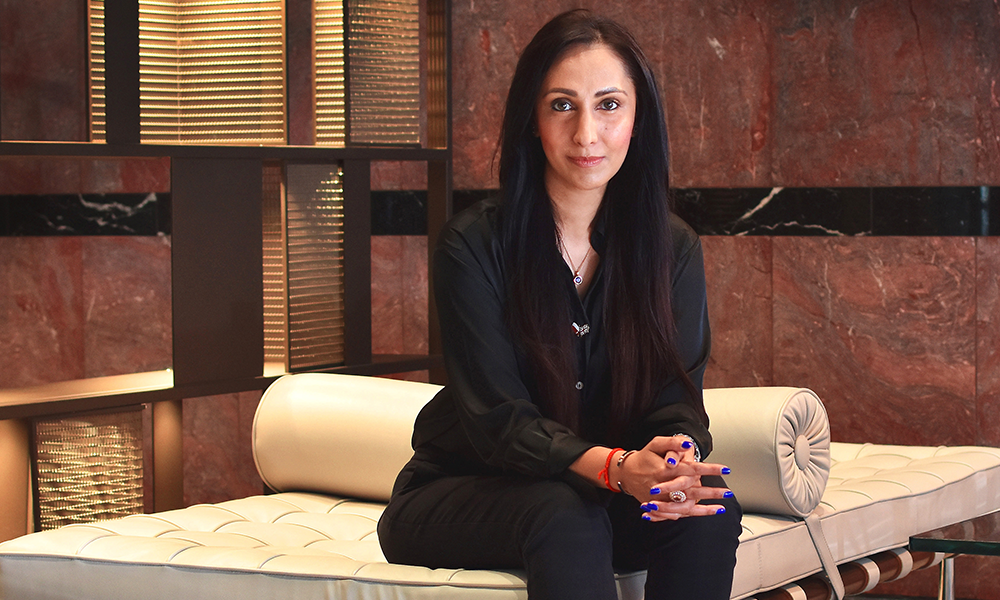
With machine learning having taken off in the intervening years, it was time for Dia to explore the creation of something that has been in the back of her mind since she sat in the room with those lawyers.
“I’d reached out to various computer scientists, people who had worked at Google and Amazon and senior researchers – had lots of coffees and built up my knowledge,” she said.
“I did a lot of different courses and then found some money to build a prototype, initially from Innovate UK, which is funded by the Government.
“The reason we chose to focus on the legal sector was that there seemed to be a demand, although the product we have developed could be as relevant in healthcare or financial services.
“Alchemy Machines solves the problem of unlocking workflow productivity for corporate professionals.
“The way we do that is to develop a voice intelligence platform that can transcribe sector-specific speech into text, and then also analyse those conversations and summarise them. It’s a feature-rich voice intelligence platform.
“People confuse us with an AI transcription company, but Alchemy Machines is much more than that.
“Given the high rates at which people leave jobs in the legal sector and everything that’s going on in the world at the moment, now is the time for a technology like this to really come to the fore.
“While there are other areas where this kind of technology has been prevalent for a while, that hasn’t really been the case in the corporate and legal worlds.
“I think that’s because they haven’t embraced innovation as fast, although in recent years they have been forced to do so, partly because of the consolidation that’s happening in the sector.
“Legal firms were some of the last to embrace email, for example, but they are now using cloud technology with many companies migrating – it’s only a matter of time before everyone in the market follows.
“People are very risk-averse in the sector.
“There’s a lack of understanding about AI machine learning and sometimes that triggers fear, although it can also trigger excitement.
“There are many offerings out there and it can be difficult for businesses to differentiate.
“But we have a clear focus, we know that being GDPR compliant, for example, is very important for companies in the sector and we have worked with Legal 500 firms to build feasibility scenarios and really test our platform before launch.
“It works like this – let’s assume there’s a dispute resolution case within intellectual property law.
“A group of lawyers – a senior associate, a trainee and a client – are having a virtual meeting to discuss the case.
“Normally, the trainee lawyer would be typing out or writing notes before producing a final version in consultation with the senior associate before it’s given to the client or stored in-house.
“That’s a huge waste of time – especially for trainee lawyers who want to get their hands on high-value casework and not spend their time on boring admin tasks.
“It might be useful for them for a couple of months as part of their training, but afterwards it becomes tedious admin work.
“With Alchemy Machines, all they would need to do would be to press ‘record’ when the Zoom or Microsoft Teams meeting starts.
“The software then sits in the background and, for a one-hour meeting, it would take about 15 or 20 minutes to generate the report in our web application.
“There, the user will find the audio file, the transcription, the analysis and the summaries.
“That will include things like the ratio of who is speaking, the total number of people on the call and a sentiment analysis expressed as a percentage, based on whether mostly positive or negative words were used.
“The platform also tracks the duration of the meeting and the accuracy of the voice recognition itself and these are just the things we can measure now.
“I’m super excited for the launch because this wasn’t a product that was easy to create – it’s very complex because of the machine learning elements, but also the amount of time that’s gone into testing it with real-life users to ensure we’ve built something that’s simple, intuitive and valuable.
“The feedback has been phenomenal.
“I was speaking to a firm we’ve been trialling the platform with and they thought that our product was both more accurate and easier to use than a very well funded American competitor.
“Creating this product and this business has been one of the most challenging experiences of my life because it has demanded such a level of focus and resilience – and I trained as a martial artist for five years.
“There have been two really big challenges.
“The first is the same for any tech company selling solutions to large corporations and that’s establishing credibility.
“The second has been fundraising. There are still very few women seeking investment in businesses in general and especially in the tech and STEM sectors and that makes it tough.
“That’s slowly beginning to change and there are a few different initiatives that are encouraging girls and women to embrace technology and see the potential of it.
“As a business, we have some key targets to try and attract more women to join the sector and one of our machine learning engineers is a woman, so it’s been a great experience to share this journey with her.
“I hope many more will come to work in tech for Alchemy Machines or others.”
Dia will be speaking at LegalEx at 2pm on November 23, 2022, at Excel in Royal Docks. Alchemy Machines’ platform is set to officially launch next month.
Read more: How Bureau is offering creative workspace in Greenwich
Read Wharf Life’s e-edition here
Subscribe to Wharf Life’s weekly newsletter here
- Jon Massey is co-founder and editorial director of Wharf Life and writes about a wide range of subjects in Canary Wharf, Docklands and east London - contact via jon.massey@wharf-life.com




